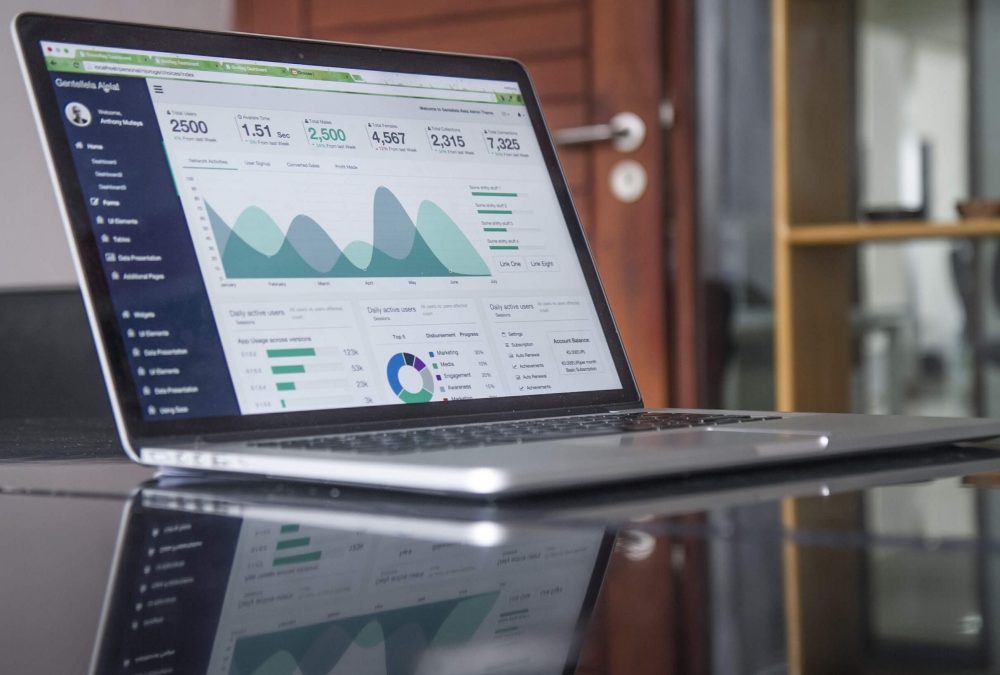There are many analytics to pay attention to when monitoring your overall marketing efforts or a specific marketing campaign. Whether you are adjusting your Pay-Per-Click (PPC) budgets or ROI on SEO campaigns, conversion rates are the most important factor when looking at the bigger picture.
Conversion rates measure if your marketing efforts and ROI are actually working and how many leads you are converting into sales. These analytics can tell a business which areas of a campaign need to be adjusted and improved.
Drew Hendricks writing for Forbes states: “While far too many businesses focus on site traffic acquisition, what you need to worry about is what percentage of visitors are adding value to your bottom line.”
Conversion Rates: A Big Indicator
A conversion rate is the percentage, or ratio of people who do something (purchase an item etc.) out of all the people who were presented with the option to do so (total number of website visitors).
A recent article published by Mashable explains that conversion rate metrics may not always indicate a sale, but it does indicate that a person took some sort of action, pushing them farther down the sales funnel. That action could be many things such as: they filled out a form on the website; they clicked on an email address or they made a purchase.
Keeping an eye on conversion rates helps ensure you are spending marketing dollars wisely and targeting people who will accomplish the overall goal and make a purchase.
Break Down the Elements of Conversion
It’s important to break down conversion into steps and analyze each element so you can adjust as necessary. Dan Barker, ecommerce expert, recommends examining consumer pathways on your site and which pages are the most important. For example, in regards to purchase conversion, breaking down each individual step to checkout can help you figure out problems or issues hindering your sale.
According to a SlideShare published by SwayHub, three in five US shoppers abandon shopping carts before purchase. Message vehicles, incentives and promotions paired with other marketing tactics including social media can help you push customers over the edge who are not following through with their purchase.
You should always create a compelling Call to Action (CTA) to give the customer a reason to follow through. Also, creating urgency around purchase decision is an easy way to spike activity and increase conversions.
Conversion: Part of a Whole
Of course conversion rates should not be the only metric marketers focus on and pay attention to. Mashable points out that conversion rates do not take into account time spent on the site, pages per visit or how much a user is engaged.
Conversion rates also vary widely between referrals. Looking at the bigger pictures helps you consider which approach works for each referral channel. Content posted on Facebook targeting specific customers may create awareness and lead to a conversion rate that is totally different from the same content posted on LinkedIn.
If past conversion rates were particularly high for a certain piece of content or blog post that got a ton of shares and led to action, you should continue campaigns that align with such success.
The key to maximizing conversions and increasing profitability is to understand the audience, analyze the entire sales funnel from each individual channel and tailor marketing efforts accordingly.

